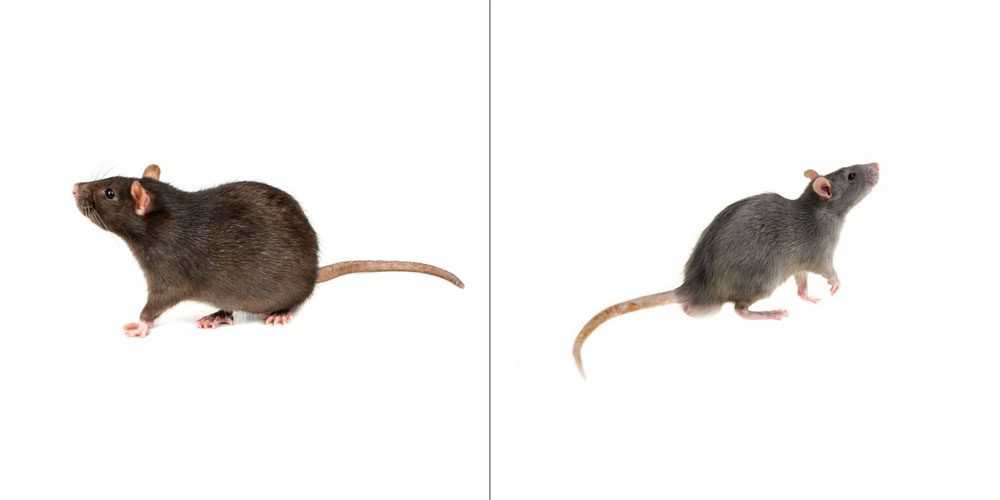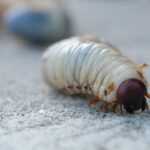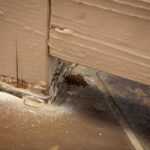A horrible, terrible thing has happened: You’ve seen a rat! What now?
First, know that you’re not alone. Millions of Americans wake up to rats or rodents in their homes each year. Rat populations have seen a huge resurgence in the last decade, especially in urban areas along the coast, and we’re here to help! The most important step forward is identifying where the problem is coming from, and what species of rat you’re dealing with. Norway rats and roof rats are typical along the Pacific NW coast, but they are very different species of rats. Let’s take a closer look!
Average Size of Norway Rats vs Roof Rats
If you do see a rat inside your home, try to remember what it looked like. Although it may be difficult to successfully identify a rat without the proper training, there’s a general consensus when comparing Norway rats and Roof rats:
- Norway rats are darker, larger, and heavier than roof rats. They can be up to 11 inches long, not including the tail.
- Roof rats are lighter in color, and smaller than the Norway rat. They are typically no more than 7 inches in length, not including the tail.
There’s quite a difference in size! If that difference isn’t immediately apparent, we can move on to an identifying trait that is universally useful: habits!
Habits Matter When Comparing Norway Rats and Roof Rats
Here’s the most important thing to remember when dealing with Norway rats and roof rats: location is everything!
- Norway rats, also known as brown rats, wharf rats, and sewer rats, love being low to the ground. They want to be in sewers, basements, garages, crawlspaces, and any low point in a structure. This is typically how they gain entry to a space—a low, dark hole that humans are a little less likely to notice.
- Roof rats, also known as black rats or ship rats, have a pretty obvious name: they love roofs! They want to be high, whether that means crawling across tree branches that hover over a roof, or slipping into an attic. Roof rats aren’t afraid of heights—and they’re on the prowl!
How Does This Help When Controlling Rats?
The best kind of pest control takes into account the species and habits of the pest itself. Integrated Pest Management (IPM) is a great method of pest control, using scientific techniques to solve pest problems without overusing chemicals or ineffective control methods. Simply put: IPM identifies the pest, and uses the pest’s habits against them.
If we know that you have roof rats, we know to focus out control treatments in the attic. We’re not going to waste time trapping your basement or checking out your crawl space—we’re going to the source of the problem and solving it.
Effective Pest Control When Dealing with Norway Rats vs Roof Rats
Now that you know the basics, you’re that much closer toward solving your rat infestation. If you want further professional help with your pest control problem—including other common pests!—give PURCOR a call. We’re always here for you!
"*" indicates required fields
"*" indicates required fields




